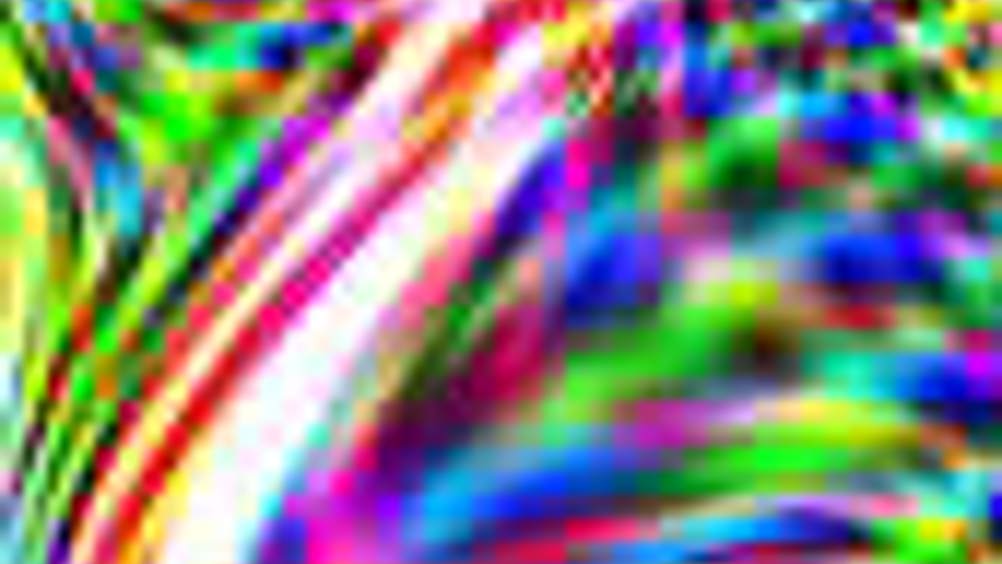Magnetic fields revealed in technicolour
Vibrations of magnetization have for the first time been captured on camera by scientists at The University of Manchester revealing a rainbow of colours.

For the first time, images of induced magnetic pulsations at the frequency of visible light have been captured by scientists at The
revealing a rainbow of colours.
The colours are produced when a new type of material, created by the research team, is exposed to light. The magnetic vibrations induced in the material are so strong that they change the colour of the material from yellow to green. Such vibrations are supposed to be impossible in a natural medium.
The artificial material, created in collaboration with Chernogolovka Institute of Microelectronics Technologies in Russia and Aston University in the UK, has 'unnatural' optical properties and could be the precursor of a 'perfect lens', focusing images to show features smaller than the wavelength of light itself. It is based on Professor John Pendry's (Imperial College London) idea of generating a magnetic response in nonmagnetic composites.
Dr. Alexander Grigorenko, of the University's School of Physics and Astronomy and Manchester Centre for Mesoscience and Nanotechnology, who led the research, said: "This discovery could be a milestone for optics and could help to realise the visible-light left-handed materials which promise the perfect lens. It also provides wherewithal for making new optical devices such as spasers and nanolasers."
Register now to continue reading
Thanks for visiting The Engineer. You’ve now reached your monthly limit of news stories. Register for free to unlock unlimited access to all of our news coverage, as well as premium content including opinion, in-depth features and special reports.
Benefits of registering
-
In-depth insights and coverage of key emerging trends
-
Unrestricted access to special reports throughout the year
-
Daily technology news delivered straight to your inbox










Water Sector Talent Exodus Could Cripple The Sector
Well let´s do a little experiment. My last (10.4.25) half-yearly water/waste water bill from Severn Trent was £98.29. How much does not-for-profit Dŵr...